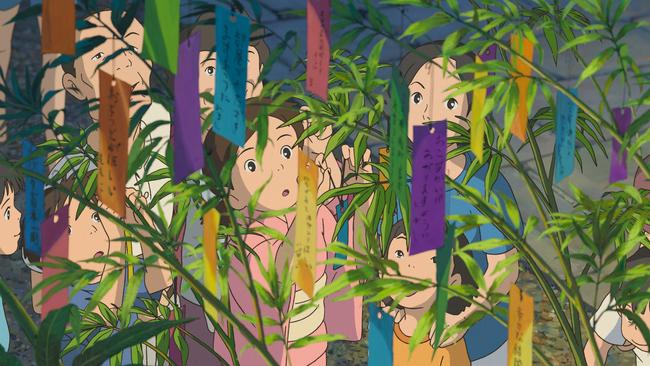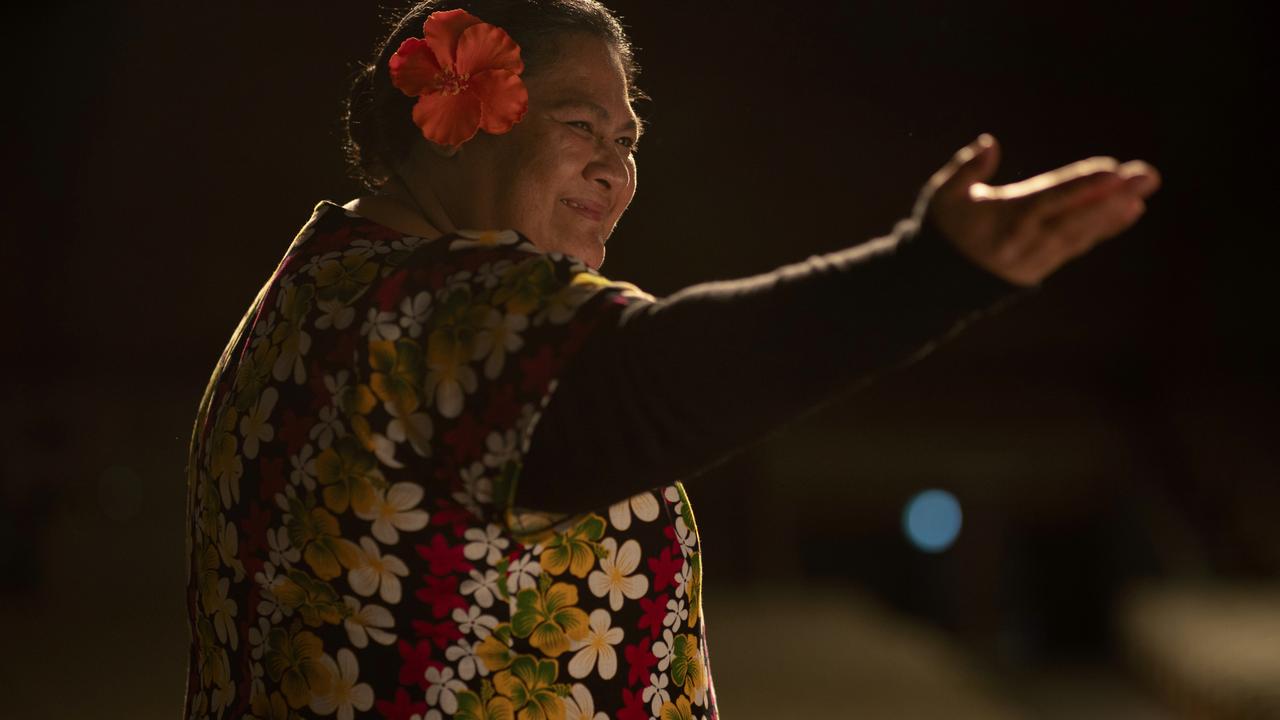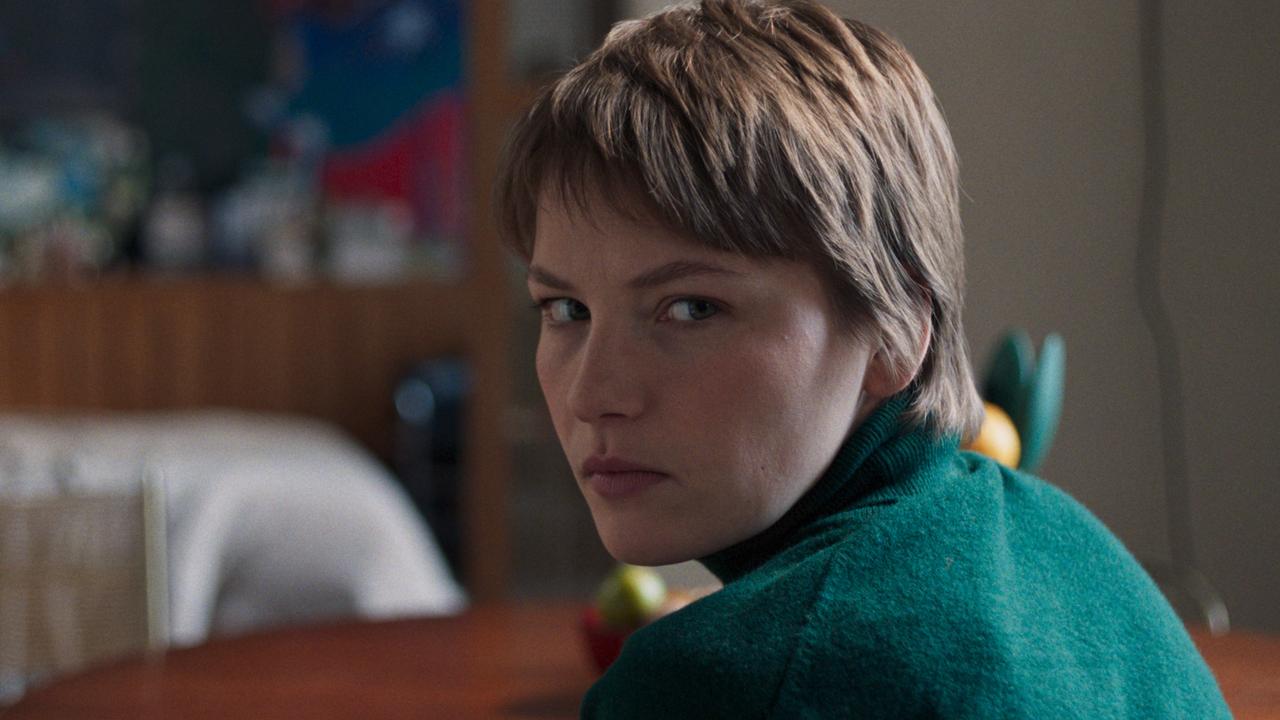Studio Ghibli: Celebrating Japanese animation
Studio Ghibli’s art is showcased in Tokyo.

The venerable Japanese animation house Studio Ghibli celebrates its 30th anniversary this year. One of its three founders, and leading director, Hayao Miyazaki, was awarded an honorary Academy Award in March after three previous nominations for his films The Wind Rises, Howl’s Moving Castle and Spirited Away.
The award, sadly, represented some kind of conclusion as Miyazaki, 74, has announced his retirement from filmmaking after towering and influential works such as My Neighbour Totoro (1988), Princess Mononoke (1997) and his Oscar nominees.
Studio Ghibli’s 20th feature, When Marnie was There, opens in Australia this week. It is the first from Ghibli to be made without the involvement of Miyazaki or the studio’s other master, Isao Takahata. (It was directed by The Secret World of Arrietty’s Hiromasa Yonebayashi.) And there is speculation the studio behind so many enchanting, hand-drawn animations may be closing down production. In August, co-founder Toshio Suzuki said the studio would take a “brief pause”.
The films will live on as classics, Ghibli’s beautiful animations combining watercolour hues with sweet, almost nostalgic themes and narrative style. Where Hollywood animations — particularly those from Disney, Pixar and DreamWorks Animation — have morphed into one long “hero’s journey” narrative, Ghibli offered a childlike innocent’s view of life. The films ignored villains, preferring fancy and wonder, and explored themes of pacifism and environmentalism in affecting ways. And Ghibli featured girls and women as protagonists decades before Hollywood thought it politic to do so. When Marnie was There, for instance, is a simple tale of two young girlfriends (adapted from Joan G. Robinson’s novel).
The films also will live on in a very specific environment in Miyazaki’s home town. Like Walt Disney, Miyazaki wanted to give his works of imagination a physical manifestation that would enthral his audience. The Ghibli Museum is a beguiling and true representation of the Ghibli vision that is a wonderful Tokyo destination for the young and, yes, the young at heart.
Miyazaki wanted the museum, which he designed, to be an uplifting and relaxing experience “that makes you feel more enriched when you leave than when you entered”.
After alighting from the Tokyo subway at Mitaka Station, a scenic half-hour walk through Inokashira Park and along a canal (there is a shuttle bus too) takes you to the gates of the Ghibli Museum.
Tickets can’t be bought on site; the large Totoro character waiting in the ticket window won’t help you. Tickets must be pre-purchased through Australian selling agent JTB Travel, which has a small and usually oversubscribed daily quota for Australian visitors. Book early.
The only other way in is to try your luck in Japan at an electronic kiosk at a Lawsons convenience store, which are numerous. There is an English menu, but Tokyo locals and staff are happy to help and appear to be immensely proud of Ghibli’s international status.
The museum reflects Miyazaki’s idiosyncratic vision: one wouldn’t expect a gauche edifice or monument from him.
Rather, it is a winding maze of curios and interactive exhibits that perfectly encapsulate the themes and output of the studio’s films: handcrafted and novel.
As you arrive, your ticket is exchanged for a reservation coupon, in the form of a slice of 35mm film from a Ghibli title, to see a special short film showing in the boutique theatre.
Miyazaki’s design was influenced by European architecture, and internal and external iron staircases take visitors into exhibits, dead ends and across bridges.
Kids run everywhere in the Central Hall, which is covered by a majestic glass dome and has a giant rotating fan. They jump into the mazelike structure and find their own way around, fulfilling the museum’s motto: “Let’s get lost together.”
One of the first stops is a giant replica Cat Bus from the film My Neighbour Totoro on which children jump and climb.
They will also find their way up and up the intricate spiral staircase to the rooftop garden on which a 5m Robot Soldier, from the film Laputa: Castle in the Sky, guards the museum and becomes the focal point for selfies.
The five-room exhibit on the first floor, Where a Film is Born, is like a well-kept piece of cinema history. The rooms that display Miyazaki’s creative process, beginning with A Boy’s Room, have all manner of illustrations, books and items of influence. They are a great insight into the auteur’s methods, showing the techniques of hand-drawn animation and highlighting the unique aspects of Studio Ghibli’s work.
A temporary exhibition called The Lens at Work in the Ghibli Forest had viewing booths showing the development and tricks of early moving pictures and lenses. Several booths are sure to remain on permanent display given their dazzling effect.
The Mamma Aiuto Ghibli Museum Shop was the most crowded room of our visit. It is more an art and design showcase than a crass gift shop, with exquisite replica characters, artwork and paraphernalia that will bring a flutter to any cinephile’s heart. I don’t recall seeing a T-shirt or coffee mug.
The museum is testament to one studio’s tremendous influence over animated filmmaking. It would be sad if When Marnie was There were its last film; nevertheless, the museum will remain a fitting tribute to its fine art.
When Marnie was There opens tomorrow for a limited two-week season. Tickets to the Ghibli Museum are available from www.jtbtravel.com.au.


